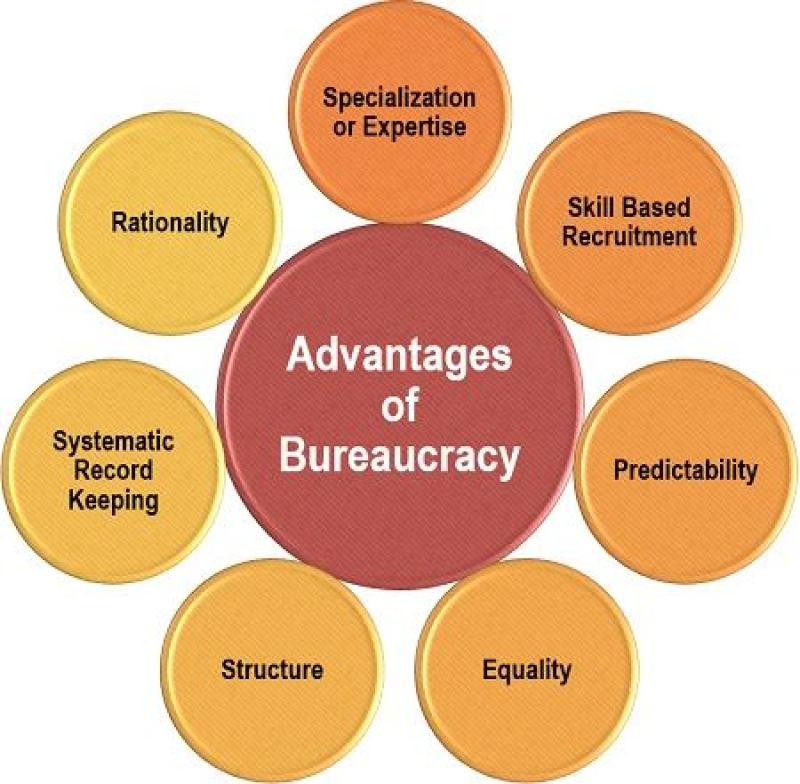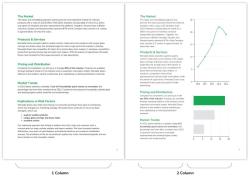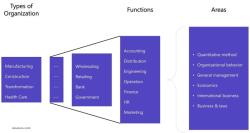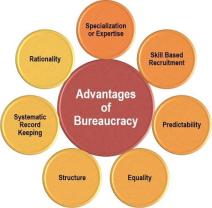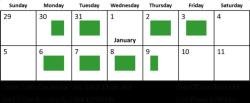What is the basic definition of bureaucracy?
Bureaucracy is a form of organizational structure characterized by a hierarchical arrangement of roles, formal rules and procedures, and a clear division of labor. In a bureaucratic system, authority and decision-making are typically centralized, flowing from higher levels of management down to lower levels. The key features of bureaucracy include a well-defined chain of command, specialization of tasks, adherence to formal rules, and an emphasis on efficiency in the execution of tasks and functions.
Max Weber, a German sociologist, is often credited with developing the concept of bureaucracy. He identified certain principles, such as division of labor, hierarchy of authority, and impersonality, as fundamental to bureaucratic organizations. Bureaucracies are commonly found in government agencies, large corporations, and other complex organizations where a systematic and organized approach to management is deemed necessary for efficient operation.
While bureaucracy has its advantages, such as clear structure and efficiency, it is also associated with potential drawbacks, including rigidity and a slow response to change. Achieving a balance between the benefits of bureaucracy and the need for flexibility is a common challenge for organizations.
Defining bureaucracy at its foundational level
Defining bureaucracy at its foundational level requires stripping away the complex systems and associations and focusing on its core essence. Here are two possibilities:
1. Bureaucracy as a system of control:
At its most fundamental, bureaucracy can be seen as a system of control built on five pillars:
- Formal rules and procedures: Standardized guidelines dictating every aspect of work, ensuring uniformity and predictability.
- Division of labor and specialization: Tasks are divided into specialized units, maximizing efficiency and expertise.
- Hierarchical structure: A clear chain of command establishes lines of authority and responsibility.
- Impersonality and neutrality: Decisions are based on objective criteria, not personal relationships or emotions.
- Meritocratic recruitment and promotion: Advancement is based on qualifications and performance, promoting fairness and competence.
This "control" perspective emphasizes bureaucracy's focus on order, predictability, and achieving goals through established mechanisms.
2. Bureaucracy as a social technology:
Another foundational definition views bureaucracy as a social technology, a tool designed to manage complex tasks and large populations. This framework highlights:
- Information processing: Bureaucracies excel at gathering, storing, and disseminating information through standardized procedures and documentation.
- Coordination and decision-making: The hierarchical structure facilitates communication and decision-making across complex tasks and departments.
- Standardization and replication: Consistent procedures allow for replication of tasks and outcomes across locations and time.
- Reduction of uncertainty: Defined roles and rules minimize ambiguity and ensure predictable behavior within the system.
This "social technology" perspective emphasizes bureaucracy's ability to manage complexity, reduce uncertainty, and achieve consistent outcomes.
Choosing the most suitable definition depends on the specific context and lens through which you want to analyze bureaucracy. Both perspectives offer valuable insights into its fundamental nature and function within society.
Remember, bureaucracy is a multifaceted concept, and its definition can be nuanced and evolve depending on your purpose and approach. By understanding its core mechanisms and principles, we can gain a deeper appreciation for its strengths and weaknesses in various contexts.
